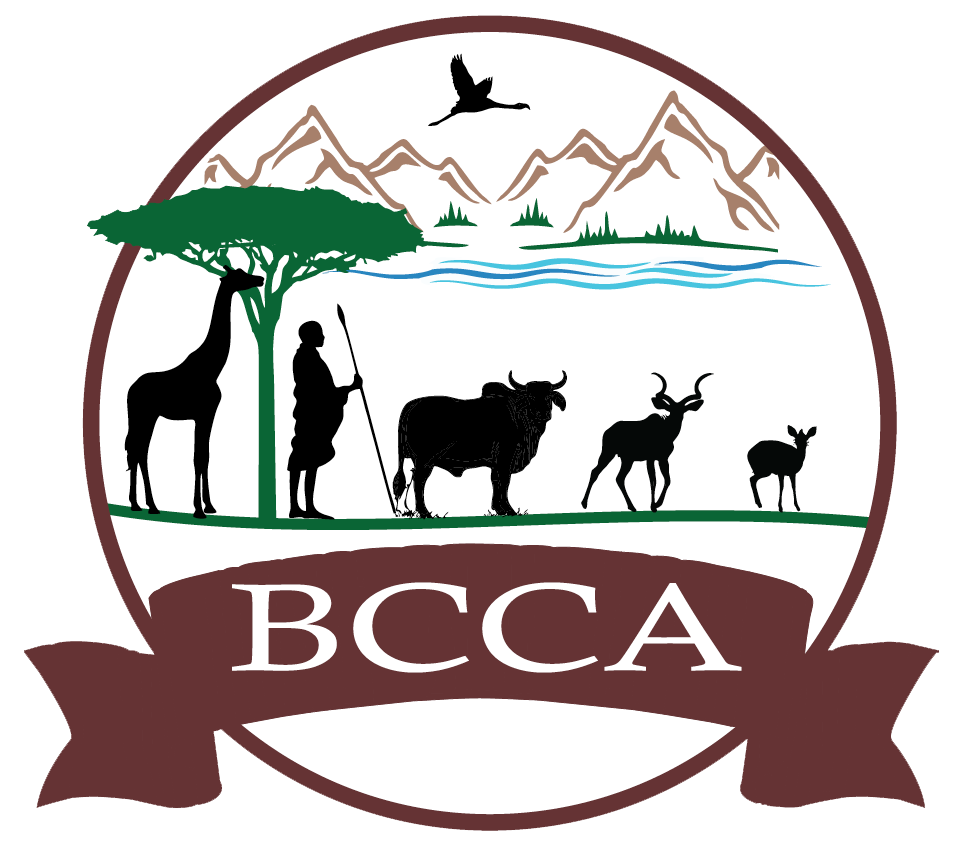Conservancy Landscapes
About the Conservancy Landscapes
Alongside national wildlife reserves and forest reserves, wildlife conservancies are among conservation areas recognized by Baringo County government. Conservancies confer opportunity to improve governance, security, better land management, economic growth, food security, employment, and support to community projects. The conservancies are also seen as one of the effective means to manage community lands, which form the largest portion of tenure in the County. The conservancies are grouped in three major landscapes in Baringo.
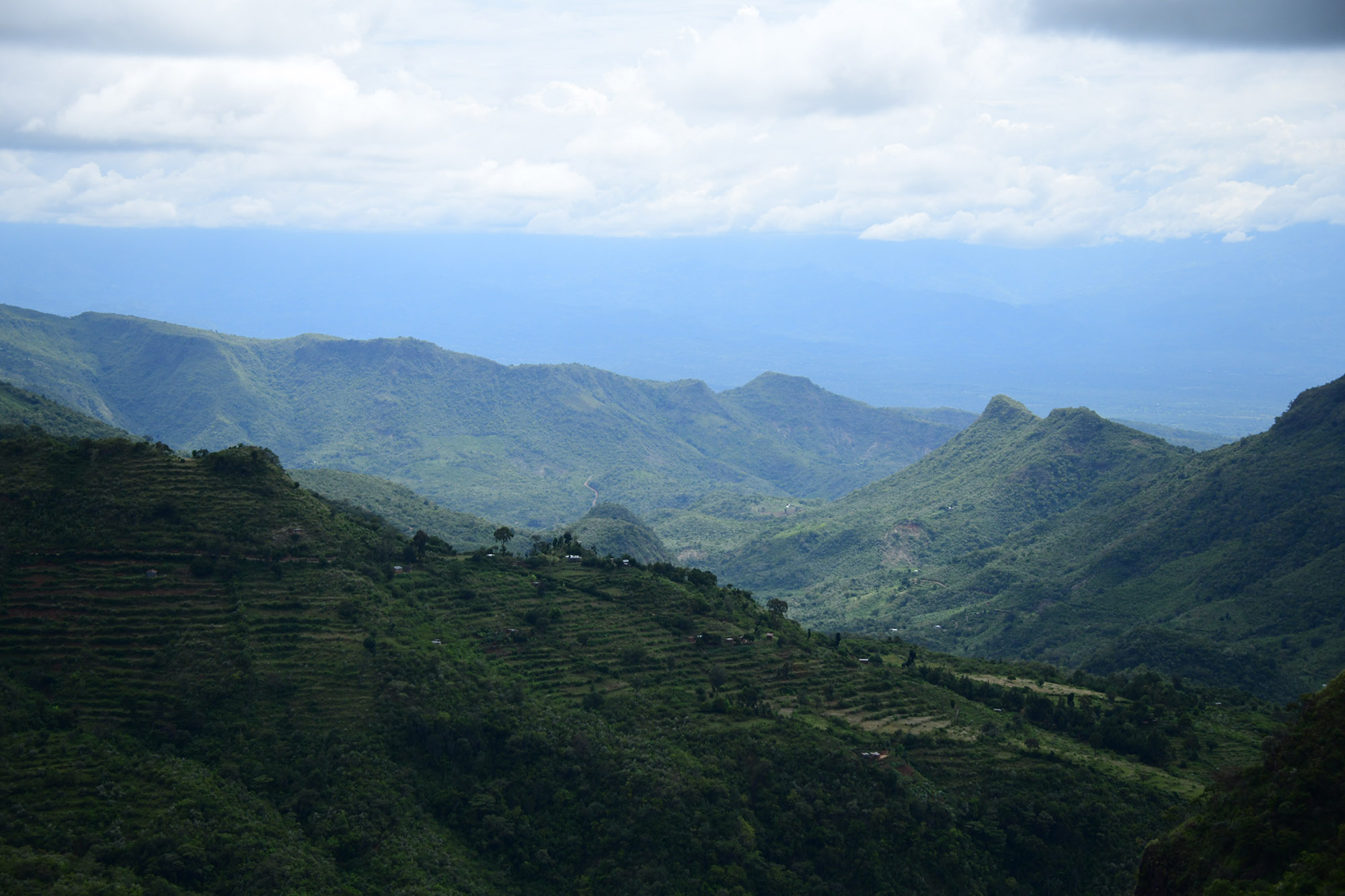
Lake Bogoria Ecosystem Landscape

Irong

Greater Kudu in Chuine

Zebras in Kiborgoch
Kamnarok-Lake Baringo Landscape

Rothschild Giraffes in Ruko Community Conservancy

Kaptuya Landscape
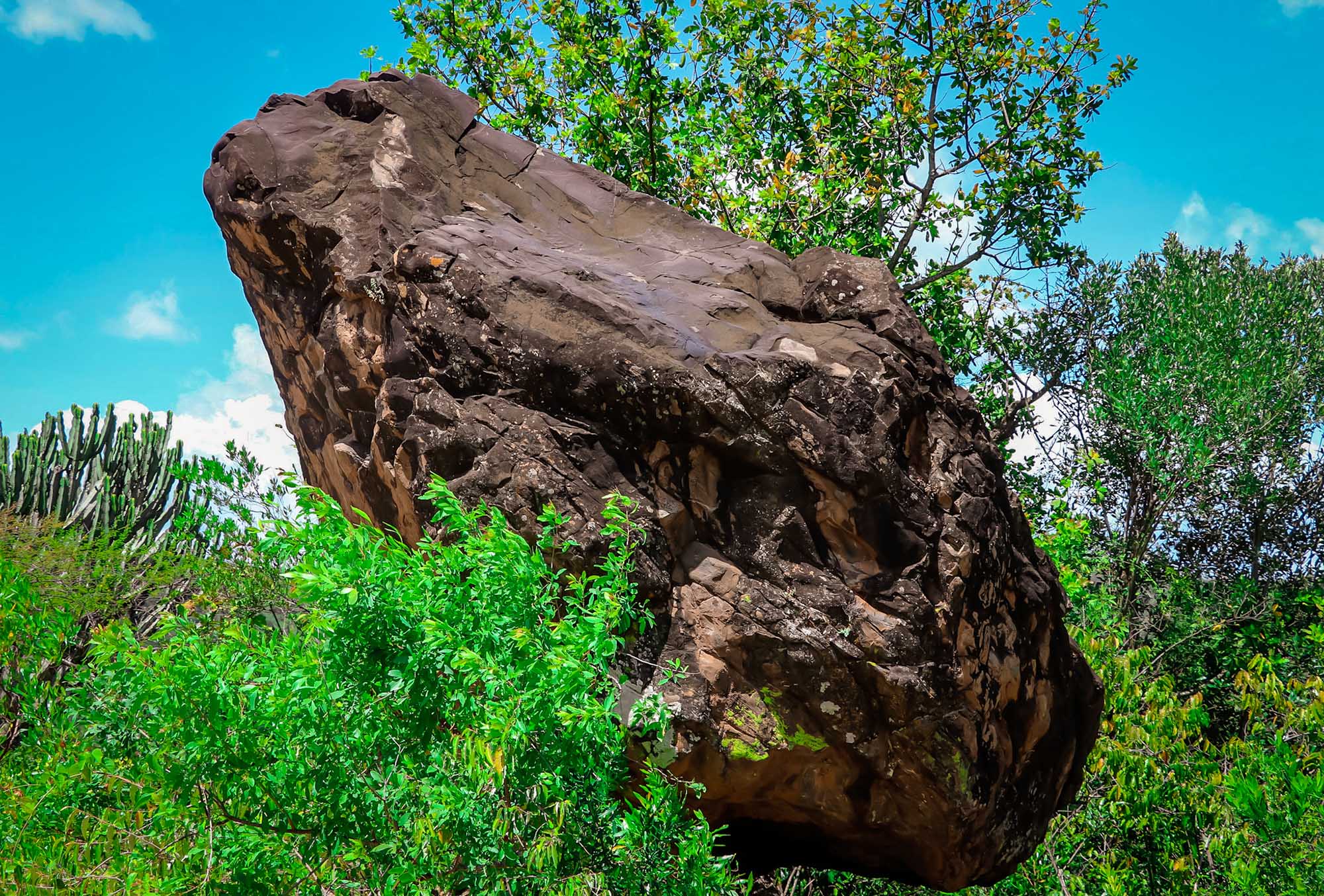
Rocky Landscapes in Kabarion
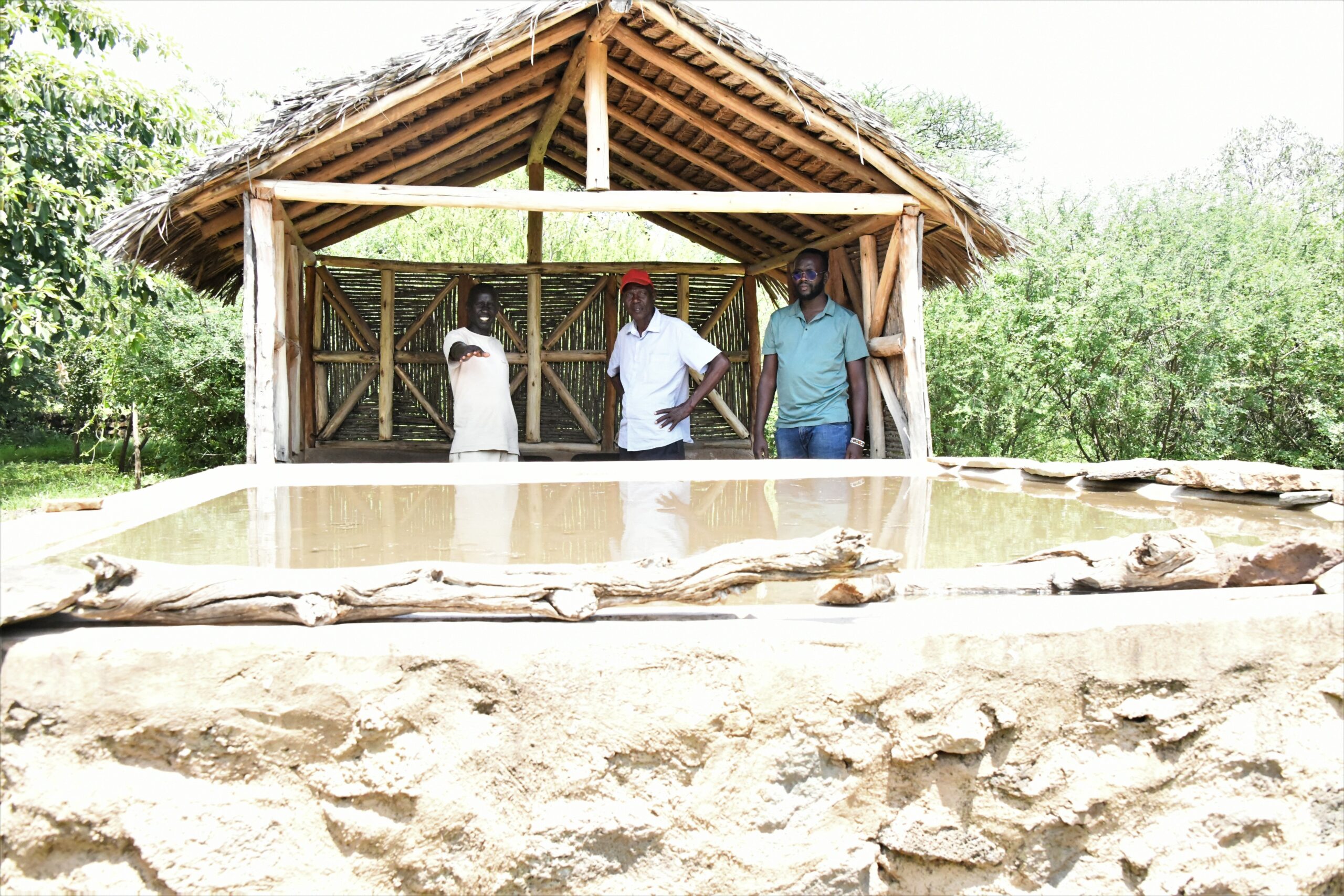
Bird Watching Ngenyin Conservancy - Baringo
Western Highlands Landsacpe

Cultural Site in Kimng'ochoch

Morop Tarmbus Hill Overlooking the Dam

Buffalos Corridor in Kiplombe Conservancy
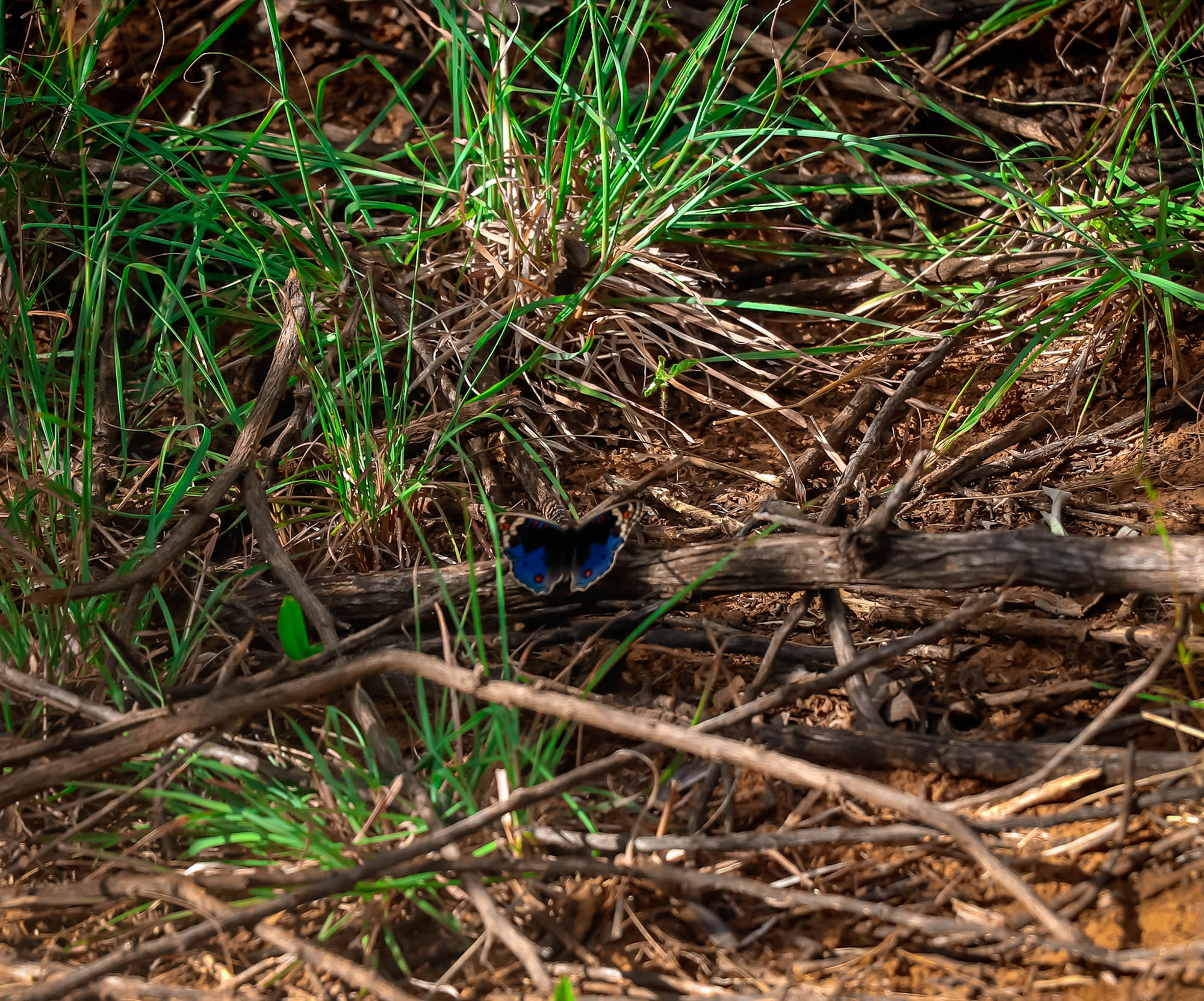
Butterflies in Kiborit Conservancies
